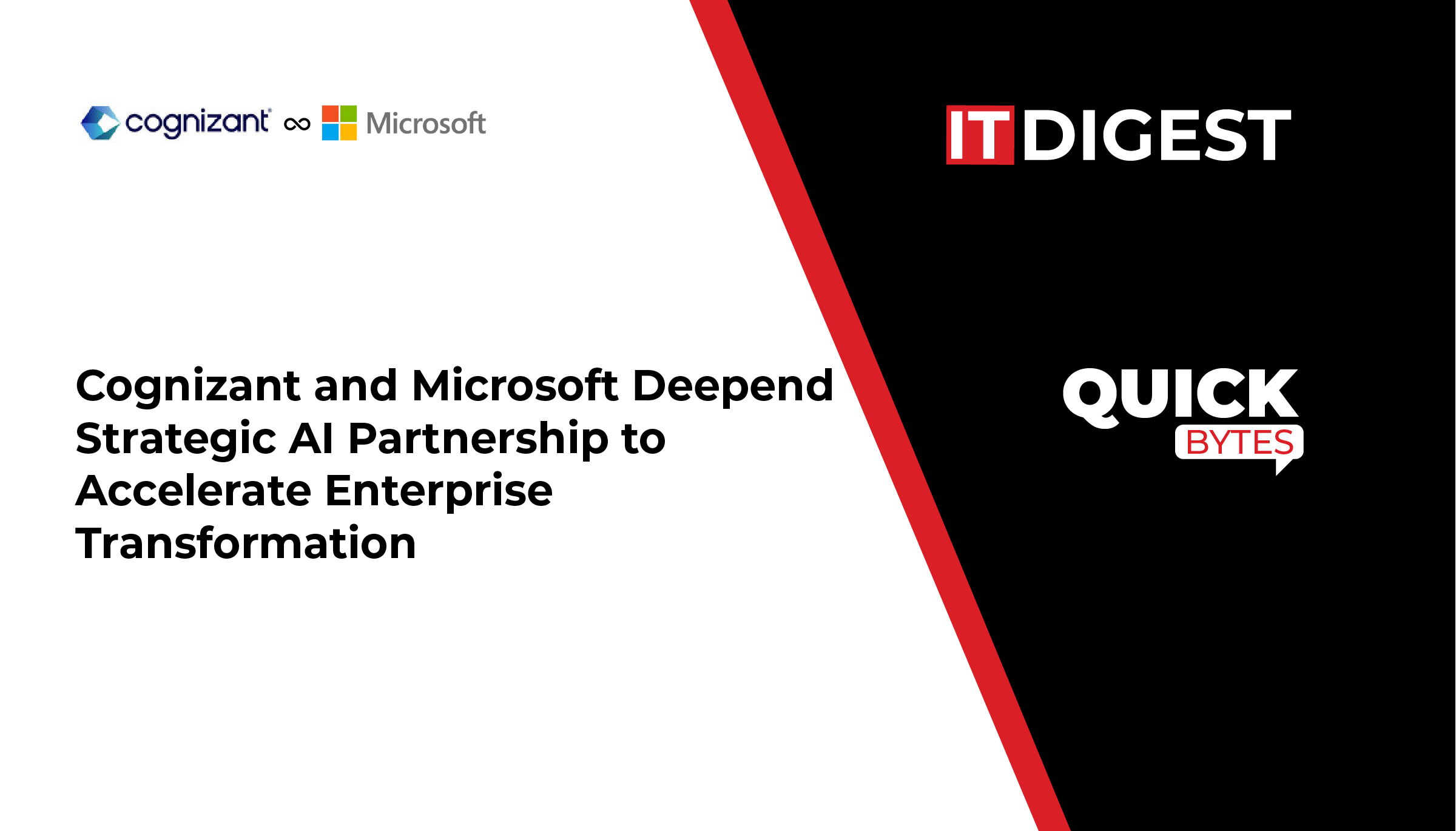WiMi Hologram Cloud Inc, a leading global Hologram Augmented Reality (“AR”) Technology provider, announced that a cloud computing-based holographic data compression algorithm is proposed for compressing data in a cloud computing environment. The original data is converted into holographic data using holographic technology and the holographic data is compressed using the compression algorithm to reduce the storage space and transmission bandwidth requirements. This algorithm can provide efficient data compression and transmission services in a cloud computing environment, and the compressed data can be transmitted to the client faster to improve the data transmission efficiency.
The process of the cloud computing-based holographic data compression algorithm studied by WiMi includes the steps of data preparation, holographic data conversion, data compression, data transmission, data decompression and data processing and application. These steps combine the advantages of holographic technology, data compression algorithm and cloud computing platform, which can realize efficient holographic data compression and transmission.
The raw data to be compressed can be various types of data such as images, videos, medical images, etc. The data can be uploaded from the local device to the cloud computing platform or can be generated directly in the cloud computing environment. Among them, converting the original data into holographic data is the key step of the holographic data compression algorithm, and the holographic data is compressed in order to reduce the storage space of the data and the transmission bandwidth demand, and then the compressed holographic data can be transmitted through the cloud computing platform. The cloud computing platform provides a high-speed network transmission service, which can quickly transmit the data to the client. After the client receives the compressed holographic data, it needs to decompress the data, and the decompression algorithm can be inversely operated according to the algorithm used in compression to restore the data to the original holographic data. The decompressed holographic data can be subjected to various processes and applications. This can include a display of images or videos, analysis of medical images, virtual reality applications, etc.
Also Read: Quantum Computing Inc. Selects Tempe, Arizona as the Site for its Quantum Photonic Chip Foundry
Cloud computing-based holographic data compression algorithms have technical features and advantages such as efficient data compression, preserving data integrity, adapting to the cloud computing environment, improving the efficiency of data transmission, reducing the cost of storage, and supporting a variety of application scenarios, etc. The use of cloud computing-based holographic data compression algorithms can improve the efficiency of data processing and storage, reduce the cost, and provide a faster response time and better user experience, and their use in many fields has a wide range of application prospects. For example, in big data analytics, holographic data compression algorithms can help reduce the size of data sets, thereby improving the efficiency and speed of data analysis. By compressing data, storage and transmission overheads can be reduced, and key features in the data can be extracted and analyzed faster. In cloud storage and cloud computing services, holographic data compression algorithms can help users utilize cloud computing resources more efficiently. By compressing data, storage costs can be reduced and data can be transmitted and processed quickly, thereby improving the efficiency and performance of services. In IoT and edge computing, holographic data compression algorithms can reduce the latency and bandwidth requirements for data transmission. By compressing the data, the amount of data transmission can be reduced, which improves the responsiveness and efficiency of the system. This is important for real-time monitoring and control systems. In image and video processing, holographic data compression algorithms can help to reduce the size of image and video data, thereby reducing storage and transmission overhead. At the same time, compression algorithms can also maintain the quality of images and videos for subsequent analysis and processing. In driverless and intelligent transportation systems, holographic data compression algorithms can help reduce the size of sensor data, thereby reducing the latency and bandwidth requirements for data transmission, which is important for real-time decision making and control. With the continuous progress of cloud computing technology and algorithm research, it is believed that the holographic data compression algorithm researched by WiMi will be more widely applied and promoted in various fields.
SOURCE: PRNewswire

































